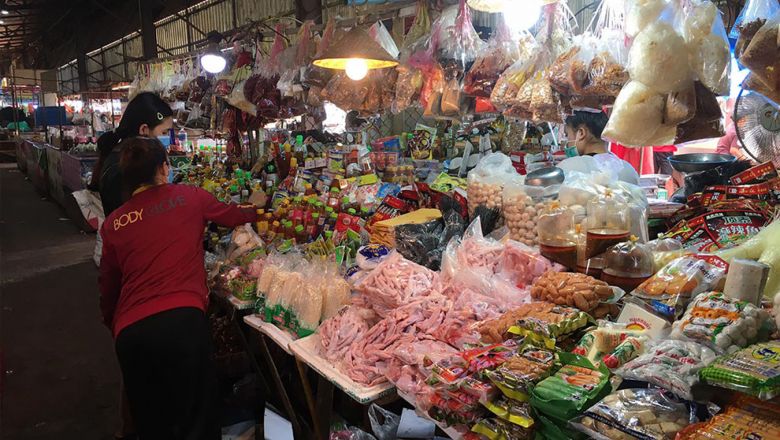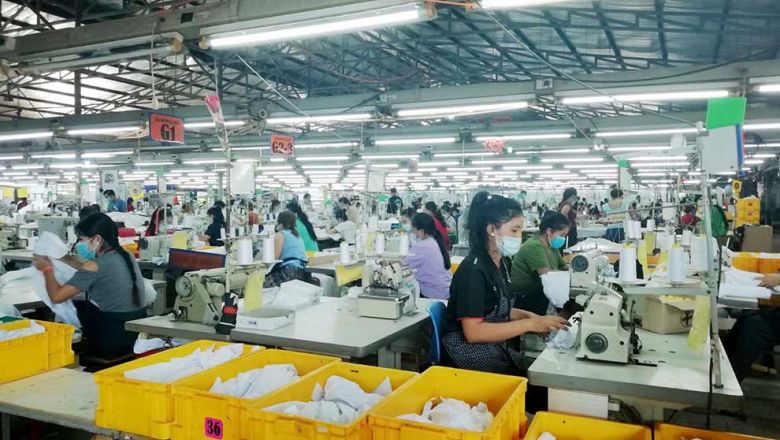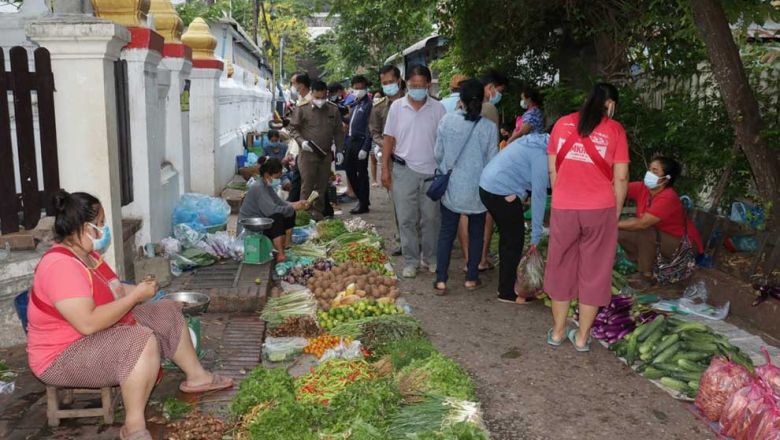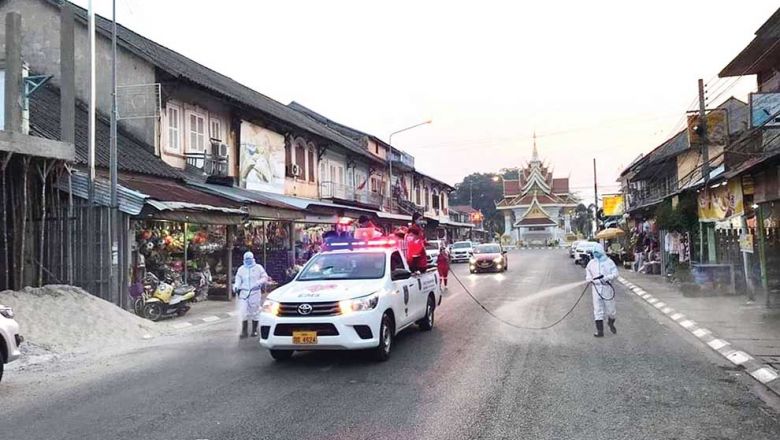Vientiane water supply expansion set to resolve shortage
Vientiane water supply expansion set to resolve shortage
The government is investing 712.8 billion kip (US$88 million) in the expansion of the Dongmakkhai water treatment plant in Xaythany district, Vientiane.
It is believed the expansion will address the irregular supply of water in some areas of Vientiane, notably Khamhong, Choummany, Sivilay and D ongdok villages. Some families have dug bore wells or artesian wells so they can obtain water when there is a shortage of piped water.
Deputy Director of the Vientiane Water Supply Enterprise, Mr Viengthouay Vannalath, told Vientiane Times on Thursday that all aspects of the expansion project are making good progress.
Construction of a new treatment plant is 82 percent complete, while the laying of pipes to carry water from the Nam Ngum River to the plant is 95 percent complete and the installation of pipes to carry water from the treatment plant to four existing water tanks is 82 percent complete.
The water storage tanks are located at Dongdok, Samkhe, Phontong and Phonkheang and will supply water to local communities.
The new treatment plant will mean that the quantity of water supplied will increase from 20,000 cubic metres a day to 100,000 cubic metres a day.
Falling water levels in the Mekong and Nam Ngum do not affect water supply, but the production capacity of the existing four treatment plants is 180,000 cubic metres a day, which is not enough to meet demand, so expansion of the Dongmakkhai treatment plant is essential.
It is anticipated that people who live in areas that suffer chronic water shortages will have sufficient water by the end of the year. The expansion project is set for completion in December, when Laos will celebrate its 40th National Day.
The robust growth of the economy in Vientiane is driving the demand for piped water and it has become necessary to increase the production and supply of water throughout the capital.
Although there is continuing expansion of the pipe network and the production of water, many villages on the outskirts of the city do not yet have piped water. They still rely on clean water obtained from bore wells and artesian wells.
Currently, 82 percent of households in Vientia ne have access to piped water.
Mr Viengthouay said the enterprise will continue to expand the network by laying pipes to villages in the suburbs and will build more treatment plants around the capital.
The Vientiane State Water Supply Enterprise has four treatment plants which at full capacity combined produce about 180,000 cubic metres of clean water a day. But demand has spiralled to about 320,000 cubic metres a day so the enterprise plans to build more plants to boost output and ensure there is enough to meet demand.
In 2016-2017, a new treatment plant in Thamouang village, Hadxaifong district, will become operational, with water sourced from the Mekong. The plant will have a production capacity of 20,000 cubic metres a day.
In 2019-2020, another treatment plant is planned for Seandin village in Naxaithing district, which will source water from the Nam Ngum River.
The enterprise also plans to expand the Chinaimo treatment plant in 2025 by increasing the current production capacity of 40,000 cubic metres to 80,000 cubic metres in the first phase of development. A second phase will see production expand by another 40,000 cubic metres. The total cost of the project will be 769.5 billion kip (US$95 million).
By 2020 the government hopes that 80 percent of the country's urban communities will have clean water available for daily use.


















